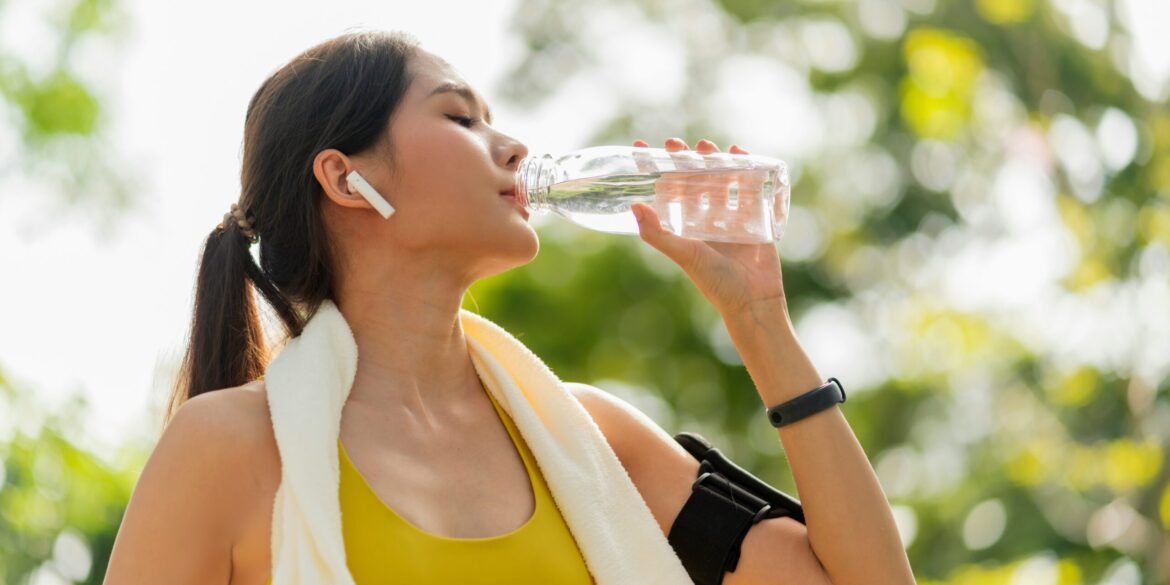On June 22, 2025, two health-centric campaigns took center stage in the United States, emphasizing both emotional and physical well-being. Positive Media Day and National Hydration Day encouraged Americans to adopt healthier habits—both in how they engage with the media and how they care for their bodies during the summer months.
In an era increasingly shaped by divisive headlines and digital overload, Positive Media Day offers a refreshing pivot. Observed annually on June 22, the campaign encourages journalists, media professionals, and everyday individuals to spotlight stories of kindness, innovation, resilience, and unity.
Founded by communications advocate Greg Neff in 2018, the initiative was born from growing concerns about the psychological toll of chronic exposure to negative news. Studies have shown that a persistent diet of distressing content—often driven by the algorithms of digital platforms—can elevate stress levels, reduce optimism, and diminish civic engagement.
By promoting “positive journalism,” the campaign seeks to counterbalance this trend. This doesn’t mean avoiding difficult truths but instead amplifying underreported stories of progress, community success, and social change. On this year’s Positive Media Day, news outlets were encouraged to publish content that uplifts readers, while individuals shared personal victories and moments of gratitude using hashtags like #PositiveMediaDay and #GoodNewsMatters.
Some media organizations, schools, and nonprofit groups also hosted events and digital detox challenges to encourage reflection on news consumption habits. The goal: to foster mental resilience and cultivate a more constructive public discourse.
Running alongside the media campaign was National Hydration Day, an awareness event timed perfectly with the onset of summer heat across much of the U.S. Although the observance traditionally falls on June 23, it was widely acknowledged on June 22 this year as part of extended wellness programming.
The day honors the legacy of Coach Victor Hawkins, who championed athlete safety through hydration strategies and developed an innovative electrolyte-releasing mouthguard. His advocacy work lives on through this awareness campaign, which reminds the public of the vital role hydration plays in health and performance.
Medical professionals stress that hydration supports a range of essential bodily functions—from regulating body temperature to ensuring optimal brain function. Even mild dehydration can lead to fatigue, confusion, and decreased physical coordination, particularly during exercise or extreme heat. The Centers for Disease Control and Prevention (CDC) recommends that adults aim to drink several liters of water daily, depending on activity levels and environmental conditions.
This year, community health organizations, gyms, and workplaces distributed water bottles, hosted hydration stations, and shared educational materials on the signs of dehydration. Social media challenges encouraged users to track water intake, post hydration tips, and tag friends to stay accountable.
Parents and educators also took the opportunity to teach children about the importance of drinking water, particularly during sports and play. Many schools integrated hydration-focused games and activities into their summer programs, emphasizing the connection between water, energy, and alertness.
Although seemingly unrelated, Positive Media Day and National Hydration Day share a common theme: proactive, accessible steps toward improved wellness. One addresses the mind; the other, the body—both vital components of public health.
Taken together, the two campaigns encourage Americans to:
- Be mindful of the content they consume and how it affects their mental state.
- Stay physically prepared for seasonal changes by prioritizing water intake.
Public health advocates applauded the pairing of the two initiatives, noting that small daily changes—whether turning off negative news notifications or drinking an extra glass of water—can yield significant long-term benefits. The campaigns also reflect a broader societal shift toward integrated health approaches that recognize the interplay between psychological and physical well-being.
As temperatures continue to rise and digital fatigue grows, these observances remind individuals to take a step back, recalibrate, and choose wellness—in thought, in action, and in hydration.

